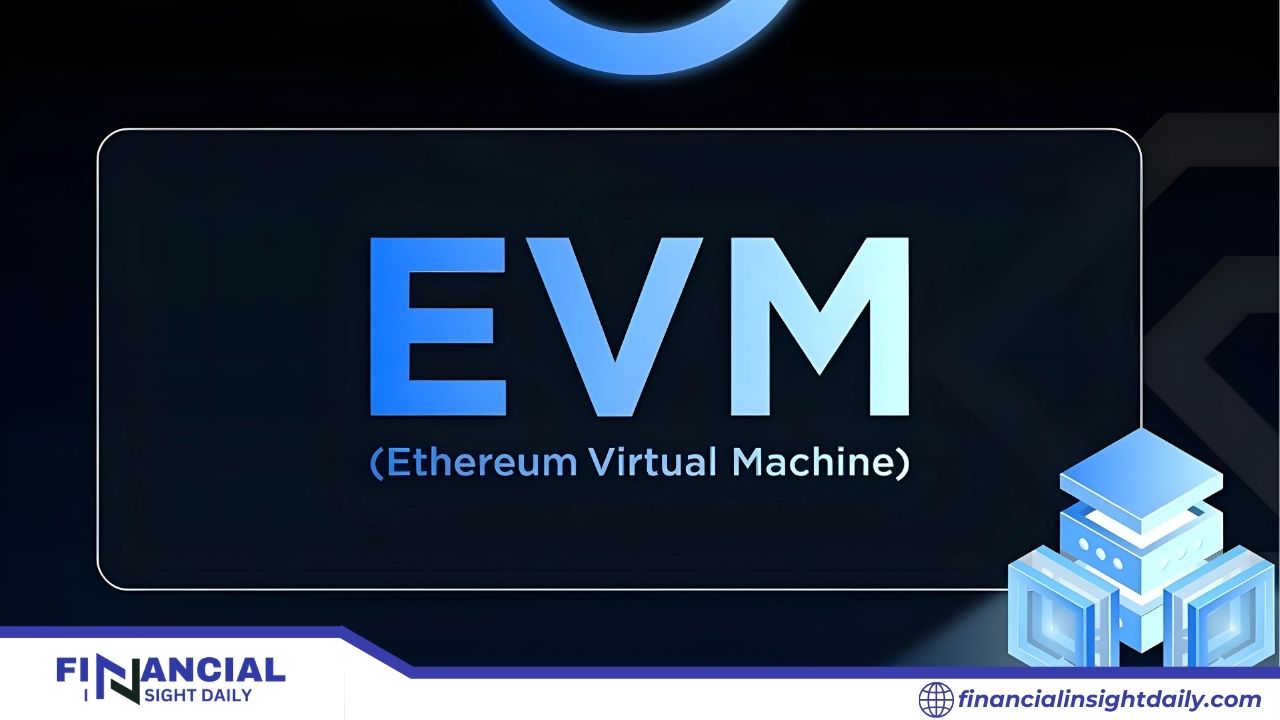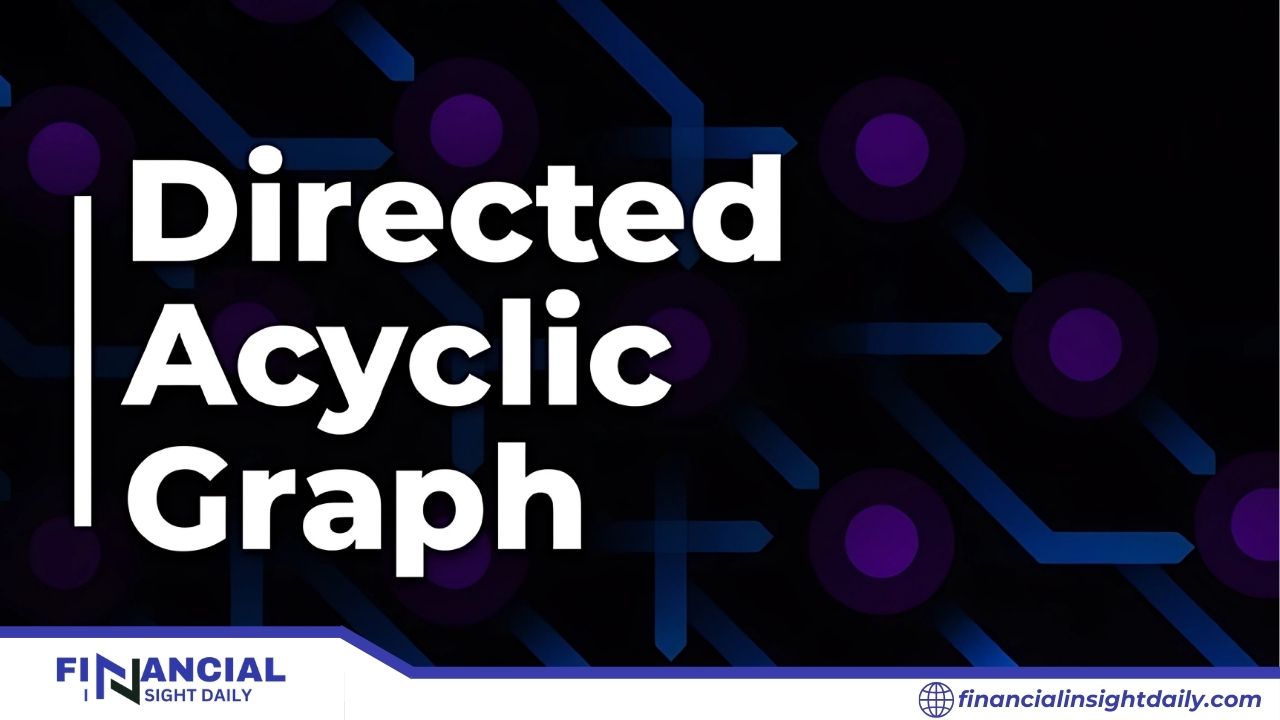Blockchain and distributed ledger technologies have reshaped industries worldwide, and new approaches like DAG (Directed Acyclic Graph) continue to push innovation boundaries. For those exploring decentralized systems, it’s crucial to understand the dynamics between compare DAG and blockchain Traditional EVM. This article provides an in-depth comparison of these two revolutionary technologies, highlighting their strengths, weaknesses, and applications.
What is Blockchain Traditional EVM?
The Ethereum Virtual Machine (EVM) is the execution layer for smart contracts on the Ethereum blockchain. It operates within the traditional blockchain framework, where transactions are grouped into blocks and processed sequentially. Blockchain Traditional EVM powers decentralized applications (dApps) and provides robust security through consensus mechanisms like Proof of Work (PoW) and Proof of Stake (PoS).

Key Features of Blockchain Traditional EVM
- Smart Contract Execution: Enables automated, trustless agreements.
- Security: Supported by cryptographic hashes and consensus mechanisms.
- Decentralization: Operates on a network of distributed nodes.
- Interoperability: Serves as the foundation for cross-chain integrations and decentralized systems.
What is DAG Technology?
DAG technology, or Directed Acyclic Graph, represents a different approach to decentralized transaction processing. Instead of sequential blocks, DAG forms a network where each transaction validates one or more prior transactions. This structure eliminates the need for miners, offering faster and more scalable solutions.

Key Features of DAG Technology
- Scalability: Improves performance as more users join.
- Low Fees: Reduces costs by eliminating mining processes.
- Energy Efficiency: Requires minimal computational power compared to traditional blockchains.
- Real-Time Transactions: Processes transactions instantly without waiting for block confirmations.
Compare DAG and Blockchain Traditional EVM
| Blockchain Traditional EVM | DAG | |
| Architecture | Utilizes a linear sequence of blocks where transactions are grouped and validated by nodes in consensus. | Operates through a web-like structure, allowing transactions to validate one another in parallel. |
| Scalability | Limited scalability due to block size and sequential processing. | Inherently scalable, with increased efficiency as network participation grows. |
| Transaction Speed | Slower due to consensus and block confirmation times. | Near-instantaneous transaction processing. |
| Energy Consumption | PoW systems consume significant energy, raising environmental concerns. | Eco-friendly and energy-efficient. |
| Use Cases | Ideal for dApps, DeFi, and token issuance. | Suited for IoT ecosystems, micropayments, and real-time data exchanges. |
Applications of DAG and Blockchain Traditional EVM
Blockchain Traditional EVM Use Cases
- DeFi Protocols: Supports lending, staking, and yield farming.
- Token Standards: Enables the creation of ERC-20 and ERC-721 tokens.
- Enterprise Solutions: Provides transparent and secure solutions for supply chain and finance.
DAG Technology Use Cases
- IoT Integration: Facilitates seamless communication between IoT devices.
- Micropayments: Offers low-cost transactions for digital content and services.
- Healthcare Data Sharing: Enhances secure and efficient medical data exchange.

Advantages of DAG Over Blockchain Traditional EVM
- Improved Scalability: Handles higher transaction volumes without bottlenecks.
- Cost Efficiency: Low transaction fees due to the absence of miners.
- Environmental Sustainability: Reduces energy consumption.
- Faster Transactions: Ideal for real-time applications.
Challenges of DAG and Blockchain Traditional EVM
Blockchain Traditional EVM Challenges
- High Fees: Gas fees can be prohibitively expensive during network congestion.
- Scalability Issues: Limited throughput due to block size constraints.
DAG Technology Challenges
- Security Concerns: Potential vulnerabilities due to the lack of consensus mechanisms.
- Adoption Barriers: Requires widespread adoption to reach full potential.

Future of DAG and Blockchain Traditional EVM
As decentralized technologies continue to evolve, the debate between DAG and blockchain Traditional EVM underscores their complementary strengths. Blockchain remains dominant for applications requiring robust smart contract functionality, while DAG excels in scalability and real-time processing.
Hybrid models combining DAG’s scalability with blockchain’s security are likely to emerge, addressing the limitations of both systems. Innovations in interoperability and consensus mechanisms will further enhance their capabilities, opening new possibilities for decentralized systems.
Understanding the differences between DAG and blockchain Traditional EVM is essential for navigating the rapidly advancing landscape of decentralized technologies. Each offers unique benefits tailored to specific use cases, and their combined evolution will shape the future of blockchain and beyond.
For more insights into blockchain, DAG, and emerging technologies, visit Financial Insight Daily. Stay informed about the latest trends and innovations driving the decentralized revolution!
